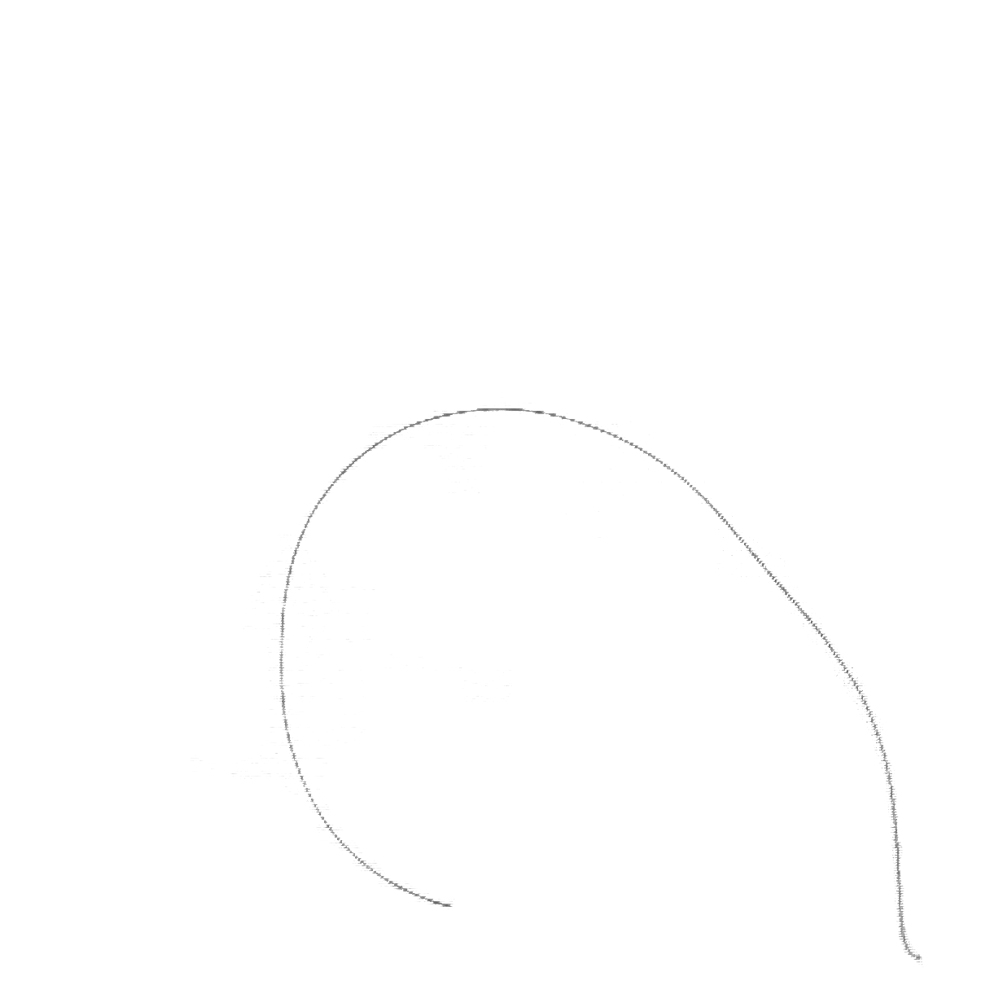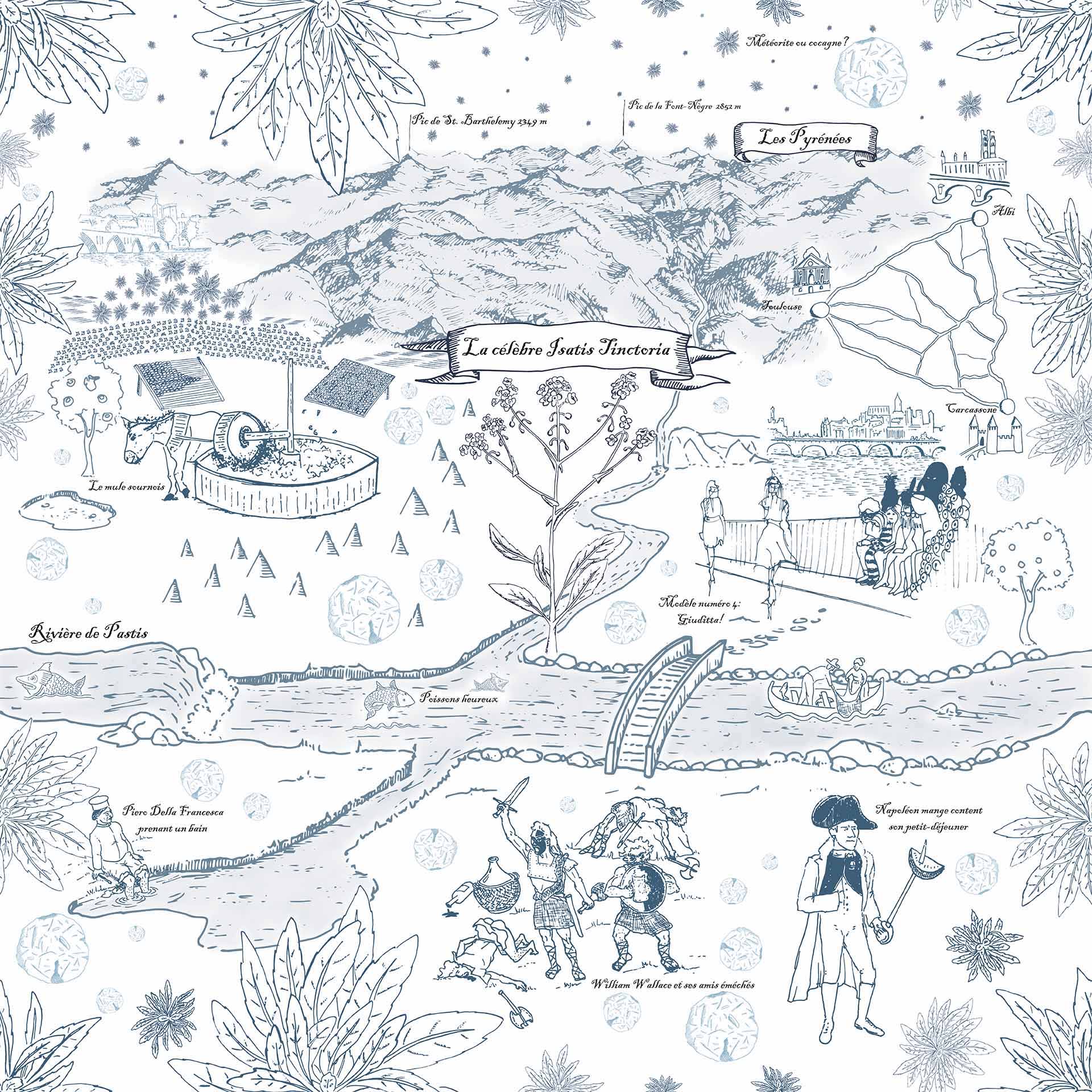Via Napione 9,
IT - 10124 Turin
Av. Vinet 8,
CH - 1004 Lausanne
~-~-~-~-~-~-~-~-~-~-~-
©nde.Line 2016-2025

Via Napione 9,
IT - 10124 Turin
Av. Vinet 8,
CH - 1004 Lausanne
~-~-~-~-~-~-~-~-~-~-~-
©nde.Line 2016-2025

Location: Occitanie FR
Program: Online pubblication - Webzine - QUINTACOLONNA
Year: 2020
~-~-~-~-~-~-~-~-~-~-~-~-~-~-~-~-~-~-~-~-~-~-~-
Team:
Project: Onde.Line

Blue World. Drawing of Remondinian inspiration representing the Blue World of Isatis Tinctoria.
Cocagnes rains from the sky while inhabitants enjoy their pastis and melon.
Blue, blue, blues!
From the paintings of Piero Della Francesca, son of a “cocas” merchant, to the regimental coats of the Napoleonic army, from denim trousers to the so-called “blue charrette”, a renowned flies and mosquitoes repellent, from tapestries of the rulers to the faces of Britons warriors…
Blue, blue, blues!
Isatis Tinctoria as the matrix of blues.
Isatis Tinctoria as the matrix of the chromatic cliché.
Let us get back to the origins. Isatis, a biennial herbaceous species originally from Asia, began to be grown extensively in the south of France at the end of the twelfth century, thus forcefully entering the dyeing market. Isatis richness lies in its leaves, from which French dyers could extract a blue pigment with extraordinary properties. Isatis blue has enchanted many and different craftsmen and it has been successful to the point of becoming the new standard for colouring paintings, clothes, uniforms, tapestries…
In order to store and sell them, the leaves were grounded and shaped into small balls known as “cocas/cocagne”, from which the linguistic cliché “the land of cuccagna” finds its origin: a place of wealth and prosperity par excellence, as the “blue gold” triangle (Albi, Toulouse, Carcassonne), which became famous for its copiousness resulting from the cultivation and trade of the Isatis.
In the sixteenth century, Isatis fortune started to wane with the arrival from India of Indigofera Tinctoria, a shrub from the Fabacae family, easier to process and cheaper. The new species became such a threat to the French economy that Napoleon had to declare the embargo for the Indian plant. The “vegetal war” ended at the beginning of the twentieth century, when Mr. Bayer synthesized the pigment of blues, tearing definitively down Isatis production, but not its inspirational vocation as a matrix for new clichés – Ted Lapidus knows it well!
JUNE 13, 2020• IN CLICHÉ• QUINTACOLONNA